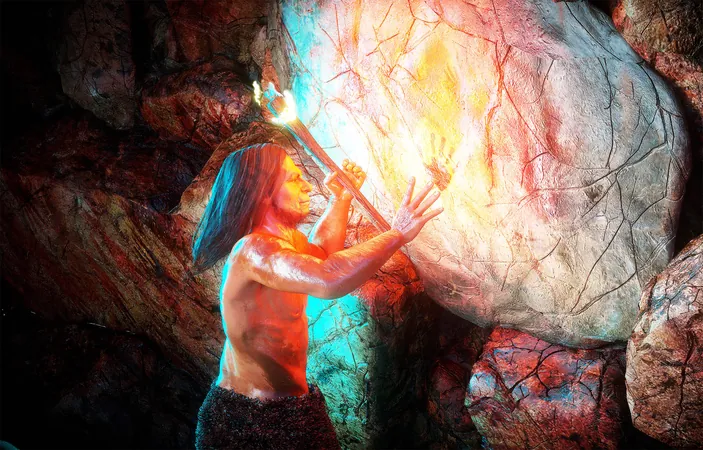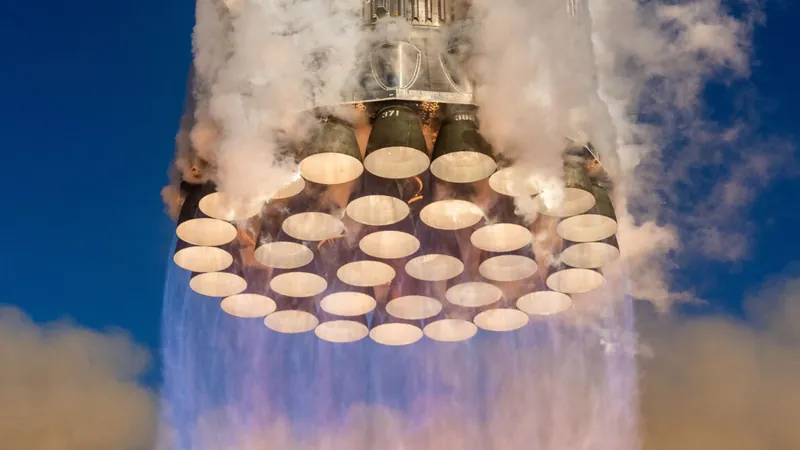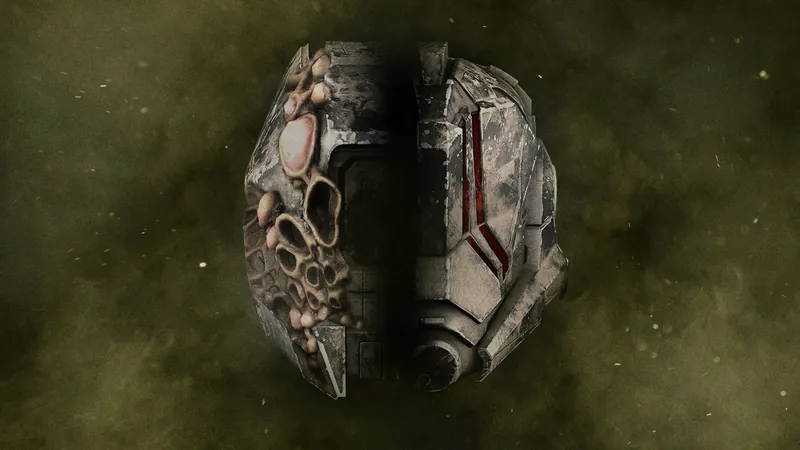
Did Early Humans and Neanderthals Recognize Their Differences? Discover the Surprising Evidence!
2025-04-05
Author: Ming
Modern human faces starkly contrast with those of our ancient ancestors, particularly Neanderthals. This divergence can be seen in the smaller facial structures that characterize contemporary humans. Anthropologists have long been baffled by these facial differences and the underlying developmental changes in facial bones that have led to such a distinctive appearance.
A recent study sheds light on this evolutionary enigma, with researchers comparing facial bone growth among modern humans, Neanderthals, and chimpanzees. Lead investigator Alexandra Schuh from the Max Planck Institute for Evolutionary Anthropology reveals that the pace at which different species’ facial bones grow could explain the refinement of our facial structure.
Key differences between modern humans and Neanderthals have emerged from this research. By measuring various bone sizes at different life stages, scientists are piecing together how our facial features evolved over time. This offers essential insights into broader evolutionary transitions that separated modern humans from our extinct relatives.
One remarkable finding is that facial growth in modern humans ceases at an earlier stage compared to Neanderthals, which contributes to our distinctively smaller facial structure. Neanderthals continued to grow longer, leading to their robust jaws and broader midfaces. This discovery suggests that our evolutionary journey introduced changes that not only conserved energy but also met essential functions like chewing.
The dynamics of bone development play a crucial role here. As bone growth slows in humans around adolescence, it leads to less protruding features, causing our faces to become smaller and more compact. In contrast, early human ancestors and Neanderthals retain significant growth activity into adulthood, resulting in their characteristic larger and more pronounced facial structures.
Research also indicates that modern humans possess a longer childhood. However, unlike other primate species, our facial growth does not significantly increase during these developmental years. Some speculate that advancements in food processing and cooking techniques might have reduced stress on our jaws, contributing to these changes – yet this explanation alone doesn't capture the entire narrative.
Additionally, social and behavioral factors also come into play; selective pressures may have subtly influenced the trajectories of facial development in our species. Genetic mechanisms regulating bone growth likely guide how quickly and extensively our faces evolve, with hormonal factors during adolescence potentially accelerating or delaying this growth.
Moving forward, scientists plan to examine additional fossil records from different eras to discern whether other ancient human species exhibited similar growth patterns. This could significantly deepen our understanding of how various populations balanced the demands of survival and environmental changes that influenced facial development.
As researchers sift through the fossil record, a fascinating picture of our biological, cultural, and historical evolution unfolds. Emerging clues suggest that facial expressions and the ability to recognize faces may have played vital roles in early human social interactions. Notably, a smaller face might provide benefits in communication and social dynamics, prompting further exploration of prehistoric behaviors and ecological pressures.
In conclusion, the research underscores that the timeline of facial growth is key to comprehending the distinctions between early humans and their ancestors. Once the growth phase halts, the resulting smaller facial structure may have opened doors to new adaptations, showcasing the intricate relationship between evolutionary changes in bone structure and our unique developmental needs. Stay tuned as these groundbreaking studies continue to reveal the profound implications of our evolutionary past!






 Brasil (PT)
Brasil (PT)
 Canada (EN)
Canada (EN)
 Chile (ES)
Chile (ES)
 Česko (CS)
Česko (CS)
 대한민국 (KO)
대한민국 (KO)
 España (ES)
España (ES)
 France (FR)
France (FR)
 Hong Kong (EN)
Hong Kong (EN)
 Italia (IT)
Italia (IT)
 日本 (JA)
日本 (JA)
 Magyarország (HU)
Magyarország (HU)
 Norge (NO)
Norge (NO)
 Polska (PL)
Polska (PL)
 Schweiz (DE)
Schweiz (DE)
 Singapore (EN)
Singapore (EN)
 Sverige (SV)
Sverige (SV)
 Suomi (FI)
Suomi (FI)
 Türkiye (TR)
Türkiye (TR)
 الإمارات العربية المتحدة (AR)
الإمارات العربية المتحدة (AR)